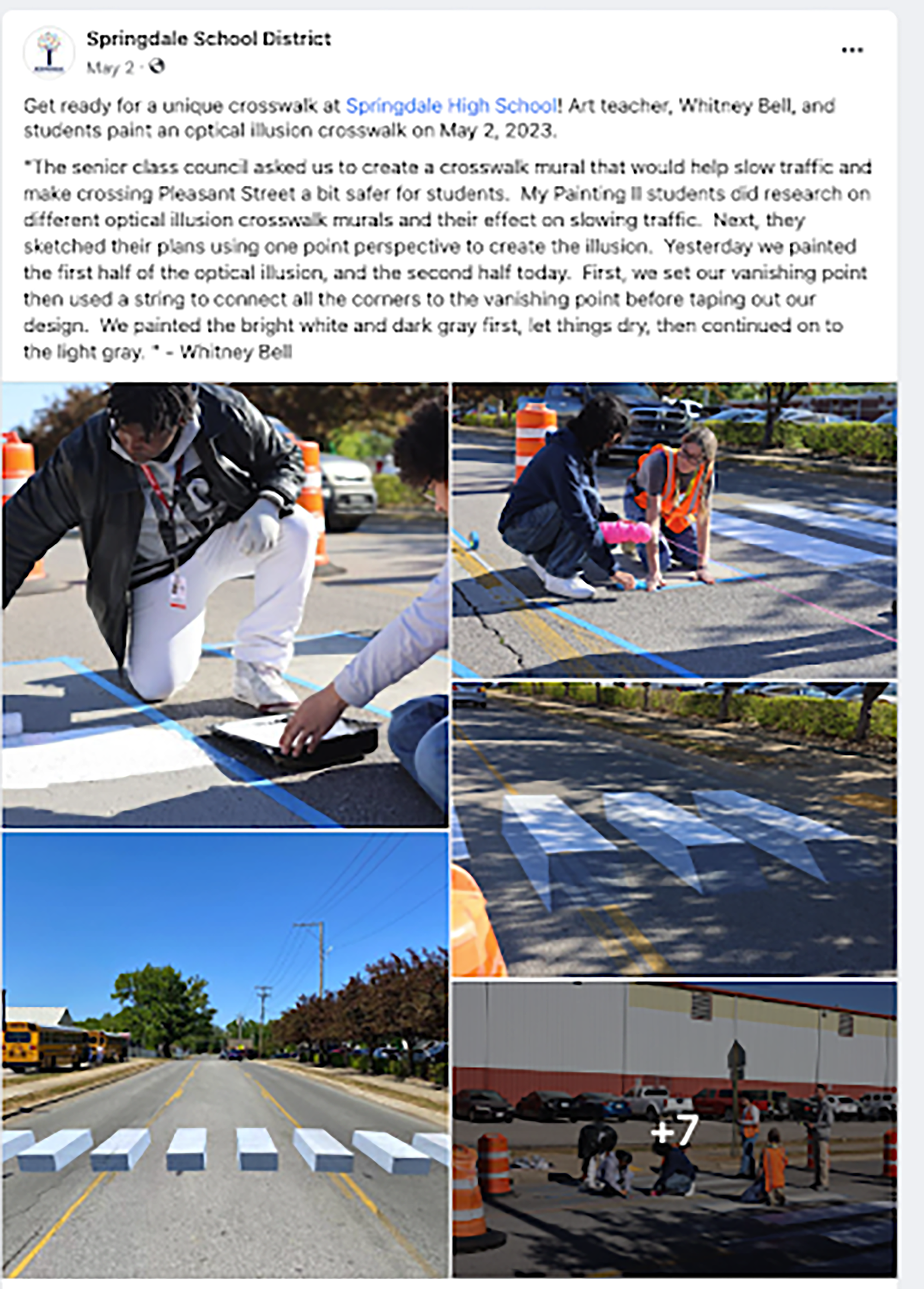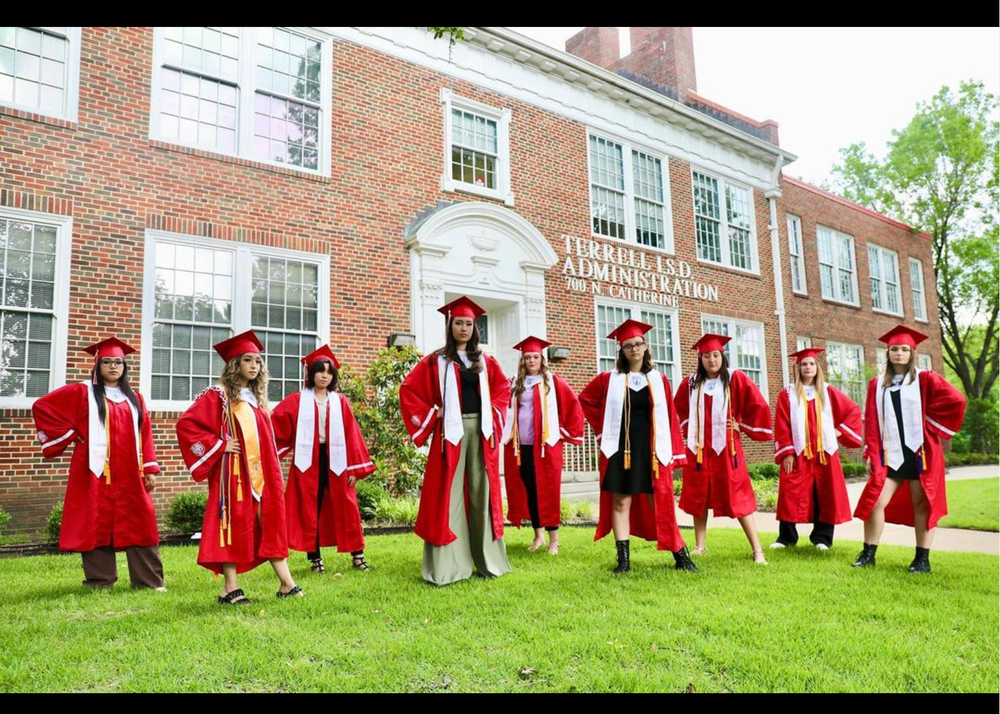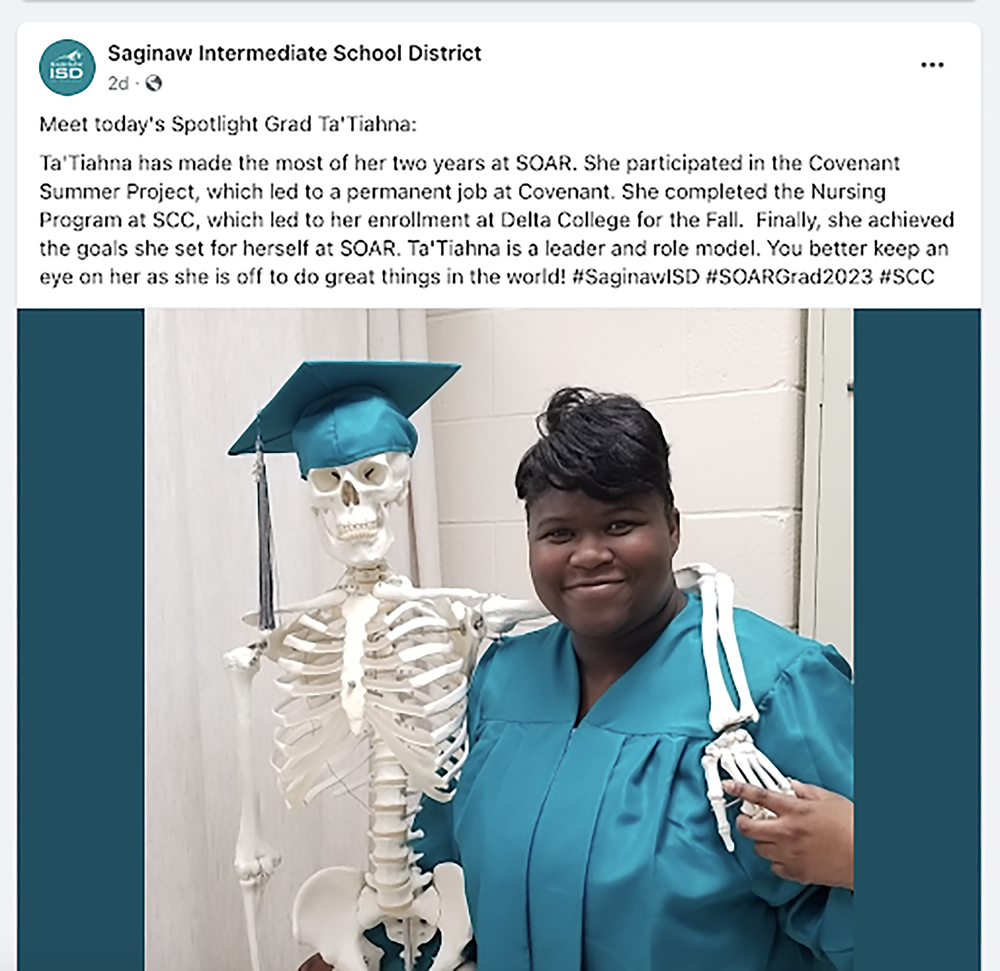Boosting Your School Marketing with Storytelling
Building a compelling narrative for your school district

In almost any conversation about school communications, you’ll hear one word come up again and again: storytelling. On the surface, the concept is pretty clear: Your district communications should tell a story about all the good things happening in your schools. After all, storytelling is more than a buzzword—it has long been demonstrated what a powerful effect stories can have on people. And while storytelling may seem simple enough, building a strong narrative that can sustain and support your district over the long term requires a careful, thoughtful strategy.
As you no doubt know, the story that your community tells about your schools can profoundly impact your district as a whole. Every member of your community has some idea about your district, even if it’s just from an anecdote they heard a decade ago. This, unfortunately, is the story that they believe about your district.
If you’re in the middle of a bond campaign, ensuring that everyone has a compelling, positive story about your schools is incredibly important. Passing a bond requires the support of your entire community—not just your current families and staff. Crafting a positive narrative that engenders support is a lot of work, but it’s part of building a district that’s an asset to your community.
The Science Behind Storytelling
Stories are an inherent part of human nature, and the impact they have on us as individuals is well documented by scientists. Research by cognitive psychologist Dr. Jerome Bruner suggests that stories are 22 times more memorable than facts alone. Stories can clarify complex ideas. They have the power to elevate boring subject matter into something tangible and interesting. And according to research, 92% of people say they prefer marketing that feels like a story.
Stories also have the unique power to unify people. In a study conducted at Princeton University, researchers took MRIs of two different people: one telling a story and the other listening. As the storyteller progressed, scientists observed a phenomenon called “neural coupling,” in which the brain waves of the two participants synchronized as they experienced the story together. The better the listener comprehended the story, the more similar their brain waves were to the storyteller’s.
What’s more, a well-regarded idea in psychology called “narrative transportation theory” has established that the more someone is immersed in a story, the more likely they are to mirror the thoughts and feelings of the story’s characters, even if those thoughts and feelings are usually counter to their own. Research has also established that most people don’t change their minds based on facts, but rather based on emotion and group affiliation. Storytelling has the unique ability to transfix listeners in a way that can move the needle on both fronts. That means that in an ever more divisive society, storytelling retains the power to change minds even in spaces where logical arguments fail.
When used effectively, storytelling can be a powerful unifying force among both your internal and external stakeholders. While those outside your schools may be searching for a narrative of your district that fits their understanding of their community and public education in general, your students, teachers, and staff need stories just as much, especially if they’re still developing an understanding of what your district’s all about.
Still not convinced? Consider the recent podcast series “Sold a Story” by APM Reports. In this series, journalist Emily Hanford investigates decades of reading instruction and the evidence—or lack thereof—behind popular reading curricula. While none of the data or evidence Hanford examines is new, the podcast was released to headline-capturing popularity and is even impacting reading legislation across the country. What made Hanford’s approach different from so many researchers, educators, and even policymakers before her? The answer is storytelling. In the six-episode series, Hanford weaves together interviews, news clips, and data to build a captivating, empowering narrative.
Integrating Storytelling Into Your Marketing
In all the research on storytelling we examined, one theme comes up again and again: an emphasis on quality. If your audience isn’t enthralled by the story you’re telling, it’s going to be less convincing. Fortunately, there are storytelling best practices, some of which are new and some of which have proven themselves over millennia. We’ll go through a few of these best practices as you prepare to wield storytelling as a powerful tool in building your district’s brand.
Understand basic storytelling structures.
At some point, you likely learned that all stories have a few basic components. Maybe you even drew a triangle depicting the rising action, climax, and denouement of a book like Where the Red Fern Grows when you were in school. You learned these story structures for a reason—they’re ubiquitous. They’re part of what makes a good story both compelling and memorable.
But there’s more to structuring a story than Freytag’s Pyramid. While most story structures have some basic similarities, different models are better suited for different purposes. For example, you’ve probably heard of the hero’s journey, also known as the monomyth, which encompasses the stories of heroes as different as King Arthur and Disney’s Moana.
While we’re not suggesting you need to know all the story structures, a few things are critical to constructing a narrative that is compelling, memorable, and conducive to building the district brand you want. Whether you’re telling stories online, in person, or through any other communication channel, most good stories have a few crucial ingredients.
We suspect you likely won’t be using all of these elements at once. Depending on your media format, some of these elements may be more prominent than others. If you’re writing a Facebook post, maybe you’ll be more interested in highlighting a few heroes. If you’re creating a long-form video or writing a Twitter thread, you’ll have more time to detail conflict, climax, and resolution. When we experience stories, our brains crave these elements. Using them won’t make every story you tell an immediate viral hit, but it will help the story come across as both satisfying and memorable.
Heroes: Heroes give us someone to root for. Whether the hero of your story is a fifth grader competing in the state spelling bee or a school principal just trying to do their best, you’ll want to start every story with people front and center. The more you can humanize your heroes, the better.
Conflict: In the craft of storytelling, a conflict doesn’t necessarily have to be a battle between good and evil. It’s people facing obstacles: a high school band working their way to the national competition or a science class raising money for a butterfly garden.
Climax: This is the big moment where the conflict comes to a head, like a championship game or Election Day for a bond campaign. Realize that if the conflict you’re focusing your story on is still ongoing, you may leave off (temporarily) with a cliffhanger. This is fine; it can even be a great way to lead to an action that you want your audience to take.
Resolution: This is what happens after the climax—once the volleyball team goes home and the bond has passed. Exploring what has changed and how single events build into the broader brand of your schools helps your reader understand the longer, continuous story of your district.
Central Theme: All of these elements above build into what storytellers call a central theme. Each individual story you tell should tie back to the central theme of your district’s brand, mission, and core values, creating a broader narrative about your schools. If you already have a story you want to tell, think about how it relates to the brand you want for your district.

Engage multiple voices.
We’ve said this before—what you say about your district matters much less than what others say about it. And unsurprisingly, what your community says about your schools can have an outsized impact on the overall narrative around your district. But how do you get ahead of this community conversation when you have little to no control over what other people say?
This challenge is actually an opportunity to tell a story about your district that’s both authentic and inclusive of multiple perspectives. Superintendents and other school leaders are only a small fraction of the district’s stakeholders, and thus are only a small portion of the district’s potential storytellers.
At Saginaw ISD in Michigan, Superintendent Dr. Jeff Collier and his team have implemented a strategy they refer to as “collective authorship.” In this practice, Collier intentionally empowers each of his 614 employees to be partial authors of the overall narrative of Saginaw ISD. Employees are regularly trained on the district’s brand goals and guidelines, and given examples of what kinds of stories help positively build the brand. In the day-to-day, staff members at every level collect and share stories about their own facets of life at Saginaw ISD.
“Storytelling in its own right is an innately human activity. It’s one of the things that helps bind and connect us,” Collier tells SchoolCEO. “In dedicating ourselves to the practice of collective authorship, we’ve asked each staff member this question: Is there one positive win that you can celebrate that would add to our district’s collective voice? And they begin to watch out for that story, that small golden nugget, that we can use to help tell the story of what it’s like to be a part of Saginaw ISD.”
And staff members aren’t the only potential storytellers. Engaging multiple authors in your storytelling is also a strategic way to bring student voice to the forefront of your district’s narrative. Some districts, such as New York’s Copenhagen Community Schools, hold student-produced news shows, where students source stories that they believe are important to their district. Oklahoma’s Wyandotte Public Schools has gone as far as turning over their district’s Facebook page to the students themselves, with each post signed off by a student as part of a class on communication.

Be authentic.
In some ways, authenticity has become just as popular a buzzword as storytelling. But when it comes to building a narrative that resonates with your stakeholders—and also rings true to them—being real is key. Strategically, you can accomplish this in two major ways: by demonstrating personal vulnerability as a leader and by telling a story about your district that is positive, but also plausible.
Showing vulnerability looks different depending on your own school leader persona—and on the subject matter at hand. But while vulnerability is usually associated with somber honesty, being vulnerable can also be joyful or even silly. There’s a reason playful snow day announcements go viral—people love the vulnerability and warmth of an authority figure singing a snow day song or making snow angels.
Authenticity means showing up as you are and building real relationships on that foundation. From a communications standpoint, this also means finding ways to communicate that are natural for both you and your audience. Utah’s Cache County School District, for example, produces “PodCache,” an original podcast hosted by Assistant Superintendents Gary Thomas and Tim Smith. Each episode features interviews with students, educators, or staff members about their stories and their lives in the district. On the PodCache webpage, Thomas and Smith are pictured side by side, smiling in front of a district building on their motorcycles. “To help the kids relax, we realized that we had to be much more casual versions of ourselves,” Smith explains, “and it’s been a lot of fun to be able to do that.”
Look for ways to inject your personality into your communications and encourage your staff to do so, too. Take all of the hard-won relationship building skills you’ve honed over your career and think about what aligns best to the central narrative you want to project. For example, if your district has publicly stated that you prioritize student and staff well-being, consider sharing how you stay grounded as a leader.
But authenticity isn’t just about you personally; it’s also about the plausibility of the story you project about your schools. No school district is perfect, and sharing how your school community is growing is an honest way to show off your district’s own hero’s journey. There’s a reason sports events are so popular—people love being part of a movement. Give them a chance to be a part of your growth and your ever-evolving district story.

Stories Change Minds
Humans have practiced storytelling for centuries and are unlikely to stop any time soon. While the idea of using storytelling in public communication may not be new, it remains one of the strongest and most effective ways to make a clear message stand out against the noise of our everyday lives. Whether you’re trying to convince your school board to fund after-school programs or developing messaging around an upcoming bond campaign, stories are a powerful tool to change minds and build momentum—all while positively impacting your district’s brand.
---
Originally published as "Next-Level Storytelling" in the Summer 2023 issue of SchoolCEO Magazine.
Brittany Keil is a writer and researcher with SchoolCEO and can be reached at brittany@schoolceo.com.
Subscribe below to stay connected with SchoolCEO!

